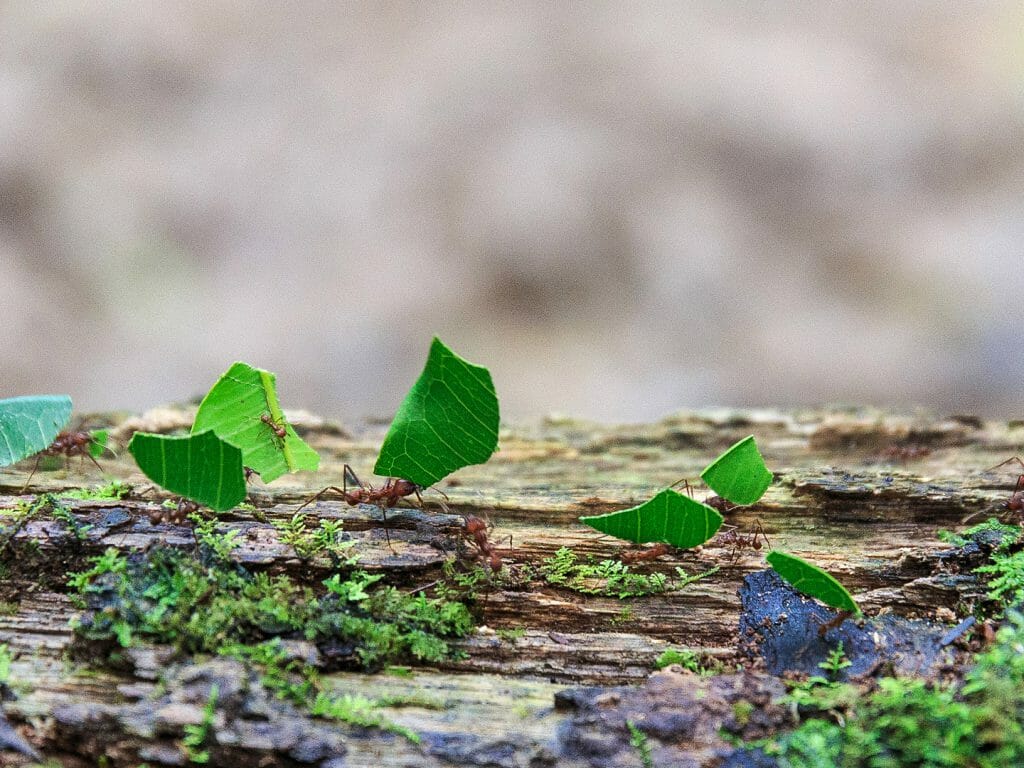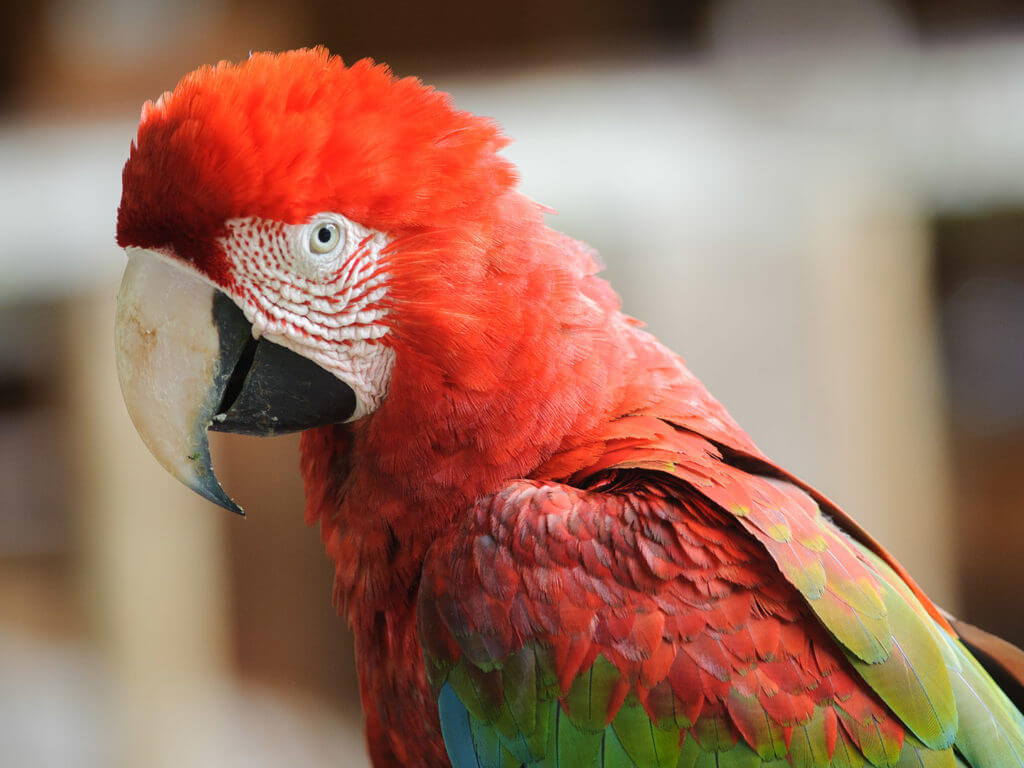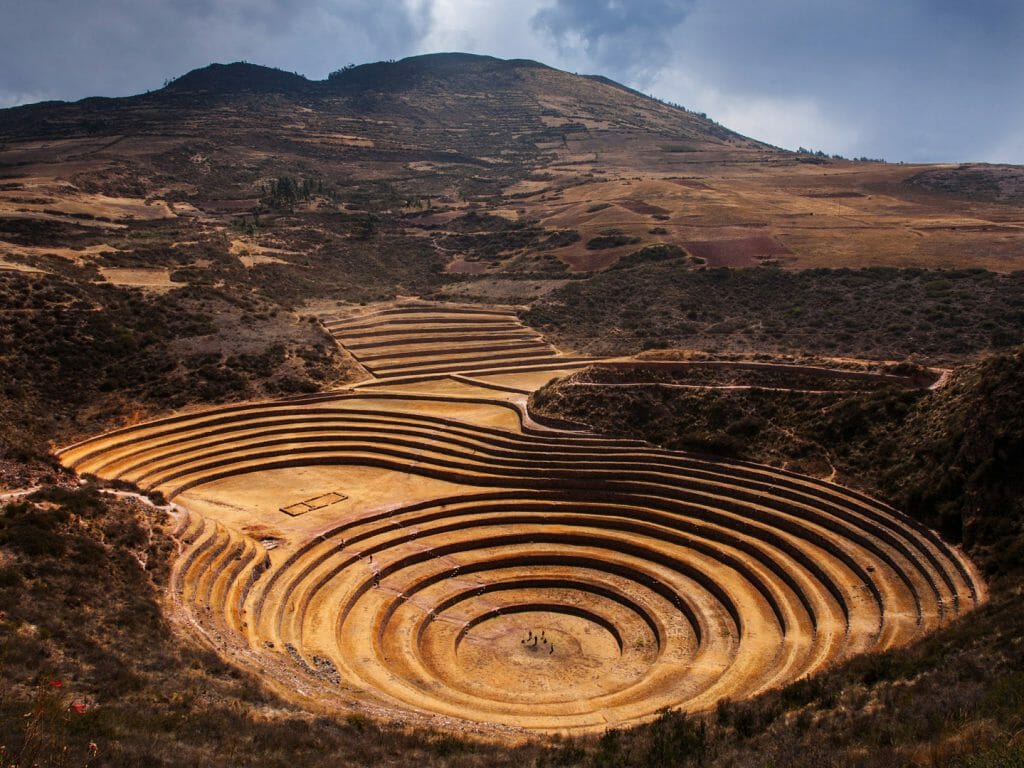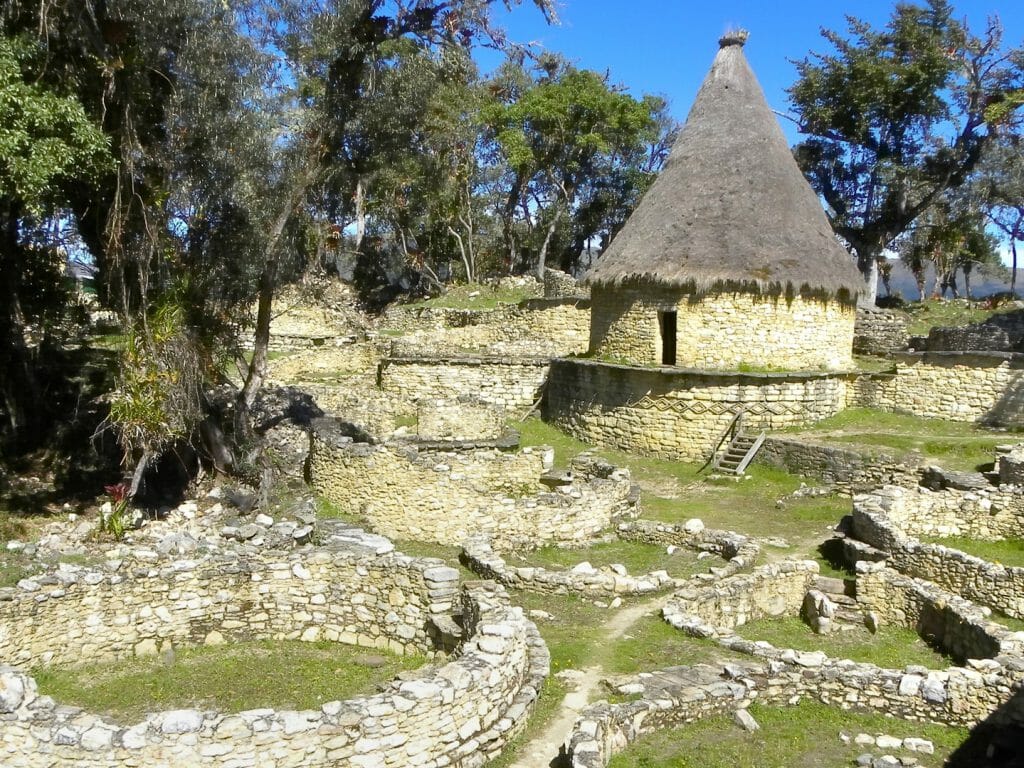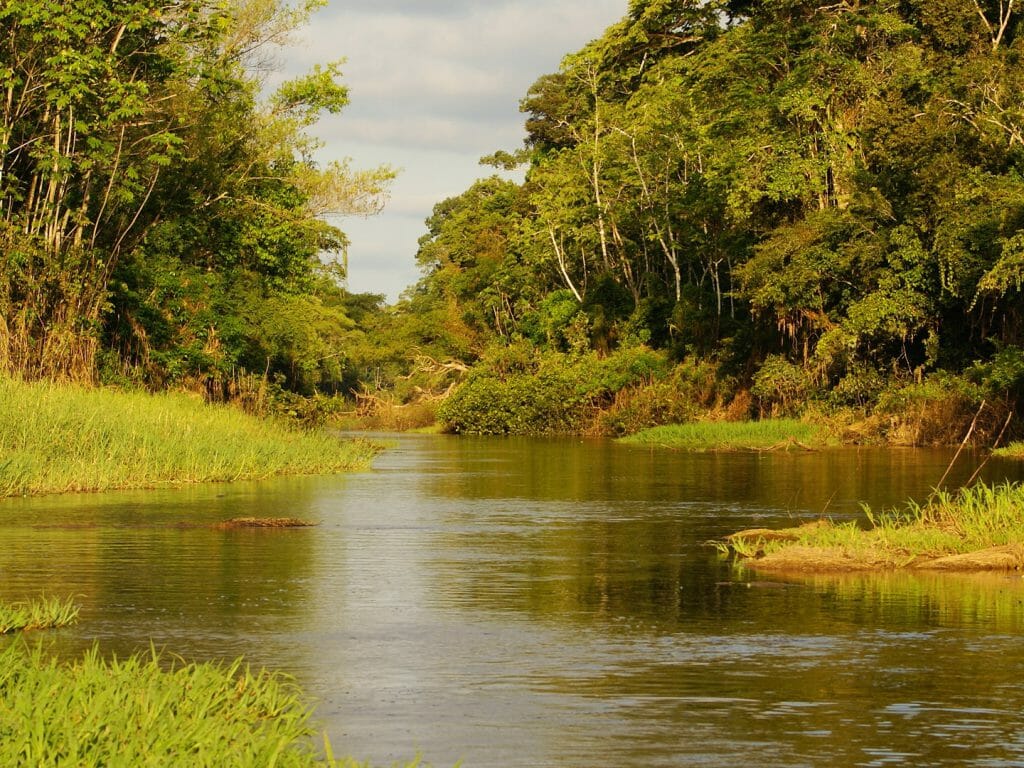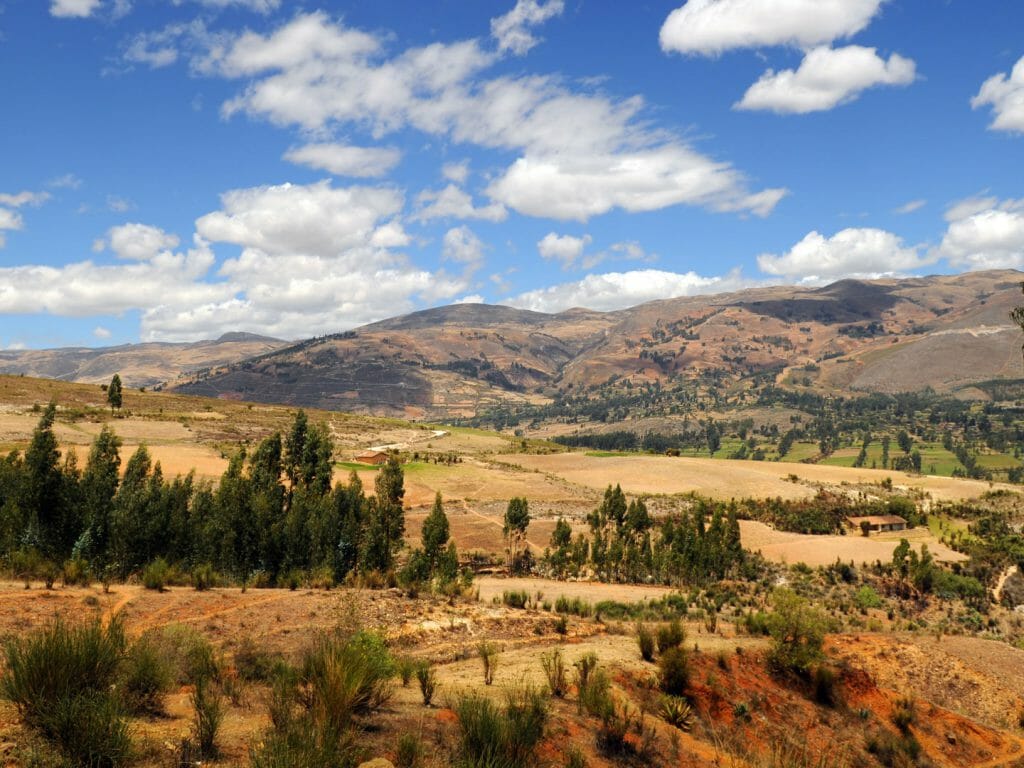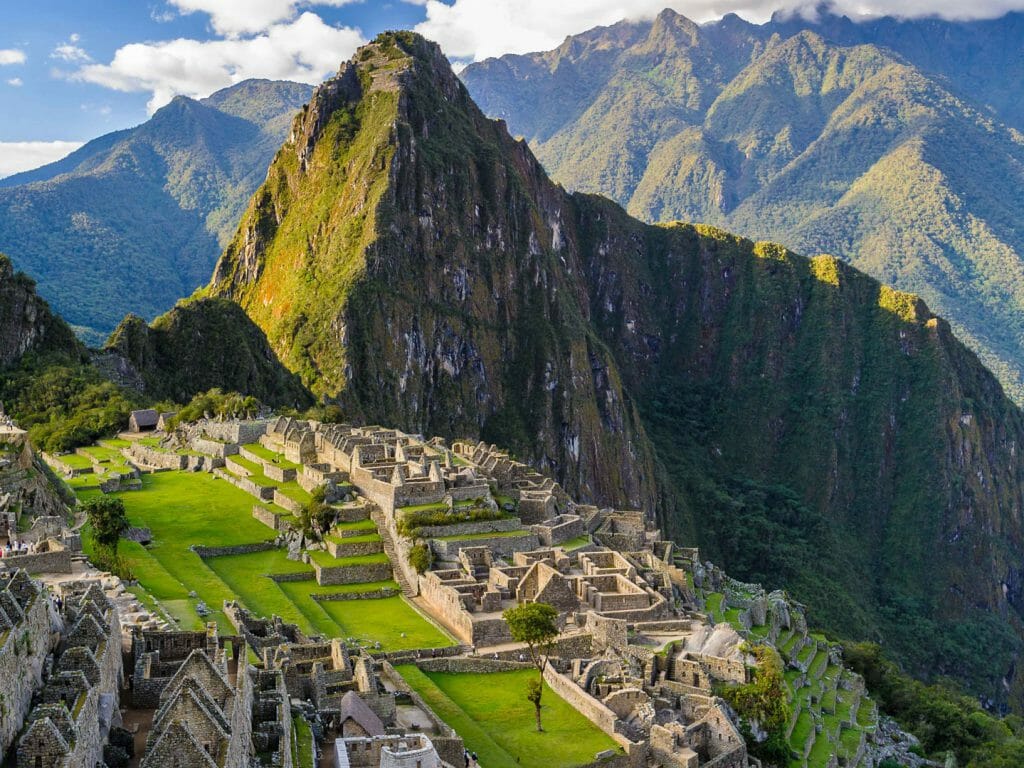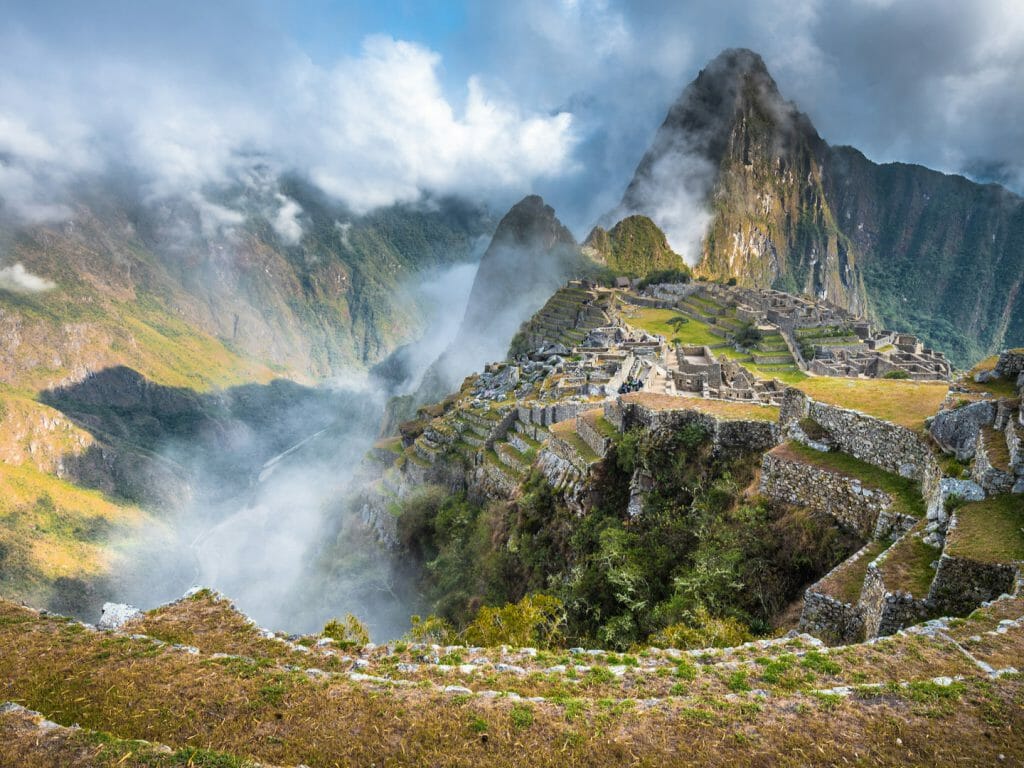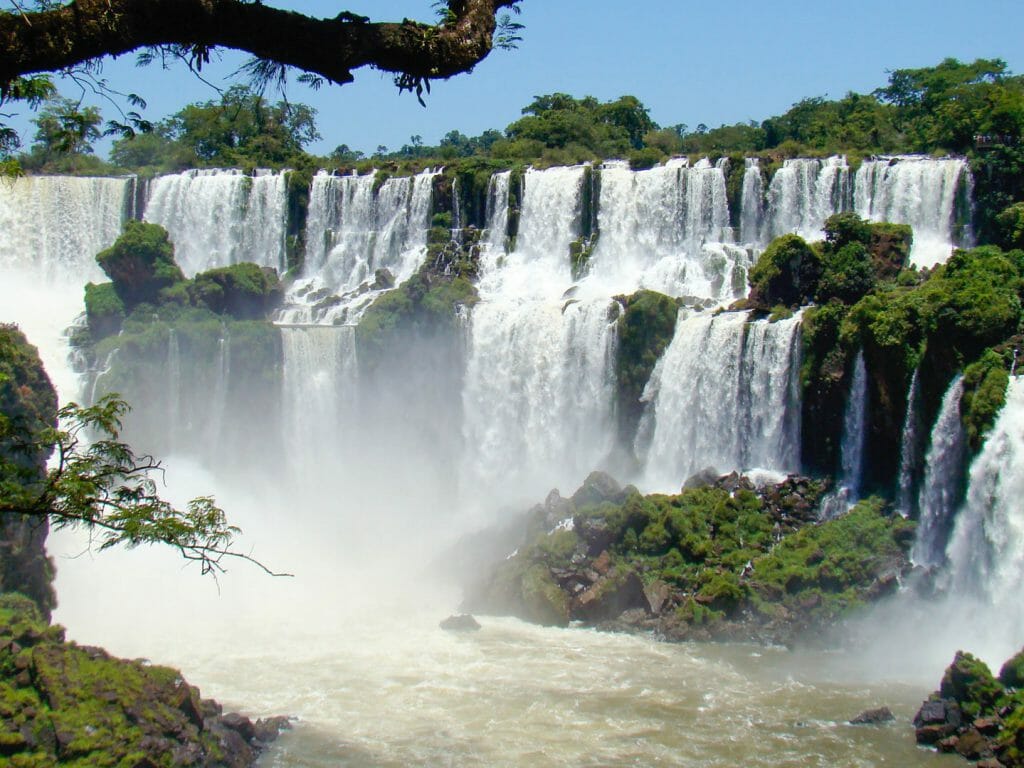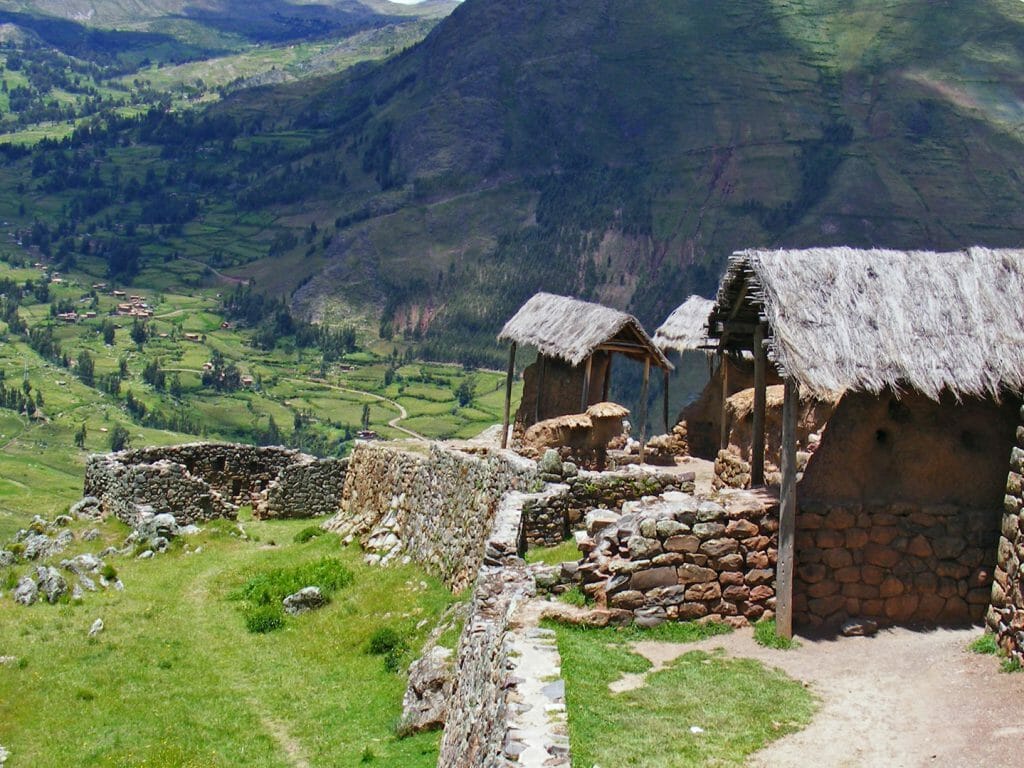The first time I visited Lima I arrived aboard an old overland truck with a group of other backpackers who had spent the past four months exploring Patagonia and the salt flats of Bolivia before trekking the Inca trail. Lima to us seemed like a huge a sophisticated city.
We stayed in a hostel in one of the less salubrious downtown areas and a group of us decided we would venture into Miraflores, as this was considered the nicest area with its beachfront bars.
My grasp of Spanish, then as it is now, is basic to say the least so when the taxi driver said to us “casino bumba bumba” we took it he was suggesting we went to the casino, located in Miraflores. Now none of us were keen on this and were a little perturbed that he kept repeating his comment. When he stopped a few blocks from where we had asked and he told us he could not continue, we happily paid him and jumped out to walk the last few blocks. As we turned the corner, we were met with a scene of devastation, glass everywhere as all the windows in the shops had been blown out. The penny eventually dropped. With hindsight and particularly now having seen it written down, it was obvious the nice taxi driver was trying to tell the dumb gringos that the shining path had blown up the casino in the centre of Miraflores.
We crunched our way along the glass strewn pavements past all the closed or boarded up shops before deciding that it possibly wasn’t going to be the “experience” we were hoping for.
Now returning in 2018, I was expecting things to have changed somewhat. Miraflores was unrecognisable. It didn’t just have glass in the windows, but the streets were now towering multi-storey properties, not the old-style colonial buildings that had once been there. Every Peruvian I met agreed that despite his issues and corruption, Fujimori had been wonderful for Peru. He had rid them of the terrorist group the Sendero Luminoso and gave them financial stability. Miraflores is thriving with tourist dollars, all the major international chains are here along with the high-end boutiques. The streets are patrolled and safe to walk around even at night. I was also delighted to see they have large recycling bins and even recycle Tetra packs on the streets – the UK could seriously learn a thing or two about this.
If you want to see the old colonial-style buildings and have a more bohemian feel, then head to the neighbouring district of Barranco with its colourful back street, street art and murals. There are no big buildings here, other than the churches. The streets are full of hidden away boutiques and some great souvenir shops that specialise in real local craft from all over Peru.
For those who like chocolate, head to El Cacaotal. You can try chocolate from their ‘library’ with each region represented and they will explain the subtle difference the terrain can make to the flavours. It is polite to purchase after you have eaten your way through the entire nation’s specialities.
In the 90s, food in Peru was pretty much plate of the day which generally started with a soup containing bits you didn’t really want to think about. Followed by a plate of chicken, rice and chips and if you were pushing the boat out, guinea pig.
The food revolution has hit Peru big time. You can now dine out at some of the world’s best restaurants. However, you don’t need to be in one of the great restaurants in Lima to have exceptional, local foods. There are a range of smaller ‘local’ restaurants, particularly in Barranco, where you can try some of their specialities.
Lomo Saltado is the quintessential Peruvian dish and does still come with both rice and chips, but the meat and vegetables are divine. Ceviche, my personal favourite, so quick and simple to prepare but one of the most refreshing options. Tacacho con Cecina is an Amazonian combining smoked pork (Cecina) with tacacho, a mushed bellaco plantain, often served with chorizo. Another Amazonian favourite is Juane, this is all cooked in a leaf with rice, and egg, olives, plantains and chicken or Paiche (the largest fish in the Amazon).
Peru has changed lots in the last few years. There are areas that are “overrun with tourists” but equally, it has come on leaps and bounds in offering a wonderful travel experience. Clean, safe and exciting, the people are proud of the nation and happy to tell you all about it. There is a huge diversity from arid deserts to towering mountains and the steamy jungles of the Amazon. From action and adventure with strenuous treks to just drifting along the tributaries of the Amazon watching life go by.


